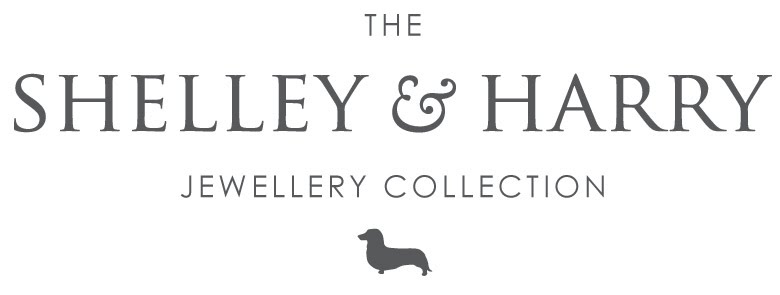A pearl is an ‘organic’ gem. Pearls are formed when a grain of sand or ‘irritant’ is present in a mollusc. A natural pearl is formed by chance when an irritant, which becomes the nucleus, accidentally embeds itself into an oyster or mussel; deposits of ‘nacre’, a pearly substance, are secreted, layer after layer, creating a pearl. A ‘cultured’ pearl is formed in exactly the same manner; however the irritant is intentionally introduced by man into the host oyster for cultured seawater pearls and mussel for freshwater pearls.
The higher cost of seawater cultured pearls when compared with freshwater cultured pearls, is partly based on higher production costs and risks, and high oyster mortality rates. Higher pricing of seawater pearls also reflects the fact that an oyster can produce only one or two pearls at a time, whereas a freshwater mussel can produce an abundant crop. For many years, freshwater pearl farms only produced low quality ‘rice’ pearls, while seawater pearls, were more round and of better quality. However, many improvements during the last ten years in the cultivation and processing techniques of freshwater pearls have advanced the freshwater industry to produce pearls of excellent comparable quality.
Few natural pearls are found today, making those that are, extremely rare with exceptionally high prices. Natural and cultured pearls can appear identical, only an x-ray will reveal the natural pearl which will have a thicker nacre.
There are many factors that govern the grading of Pearls; size, shape, surface, lustre and colour are some of the main features.Size – pearls are measured in millimetres and seed pearls can measure a few millimetres while South Sea Pearls can reach 20 millimetres. Generally, a larger pearl, where all other considerations are similar, will be more valuable than a smaller one
The higher cost of seawater cultured pearls when compared with freshwater cultured pearls, is partly based on higher production costs and risks, and high oyster mortality rates. Higher pricing of seawater pearls also reflects the fact that an oyster can produce only one or two pearls at a time, whereas a freshwater mussel can produce an abundant crop. For many years, freshwater pearl farms only produced low quality ‘rice’ pearls, while seawater pearls, were more round and of better quality. However, many improvements during the last ten years in the cultivation and processing techniques of freshwater pearls have advanced the freshwater industry to produce pearls of excellent comparable quality.
Few natural pearls are found today, making those that are, extremely rare with exceptionally high prices. Natural and cultured pearls can appear identical, only an x-ray will reveal the natural pearl which will have a thicker nacre.
There are many factors that govern the grading of Pearls; size, shape, surface, lustre and colour are some of the main features.Size – pearls are measured in millimetres and seed pearls can measure a few millimetres while South Sea Pearls can reach 20 millimetres. Generally, a larger pearl, where all other considerations are similar, will be more valuable than a smaller one
Shape –You may be surprised to learn that very few pearls are completely spherically round. Pearls are divided into eight recognised shapes – round, drop, button, oval, semi-round, circle, baroque and semi-baroque (irregular). Some of the more irregular shapes can be very interesting and unique, making beautiful necklaces
Surface – As pearls are a product of nature, few are found without surface blemishes. Pearls with perfect surface are very hard to find. The fewer the imperfections, the higher the value.
Lustre - The ‘glow or shine’ of pearls is referred to as ‘lustre’ and emanates from deep within the nacre; some consider lustre the most important quality feature. It is the radiant light that beams off the surface of the pearl. High lustre pearls usually have a thick ‘nacre’ coating. The iridescence that some pearls display is caused by the overlapping of successive layers of nacre.
Colour - Pearls come in a wide variety of colours. Natural colours range from white, cream, pinks, lilac, silver and gold shades to purple and black. It is acceptable that some pearls are dyed for fashionable purposes. Colour is a personal choice.
Caring for your pearls
· Due to their organic nature, pearls are both soft and porous and liable to scratch; keep them in their original box or in a soft pouch away from other jewels
· Apply perfume, hair spray and other cosmetics before putting pearls on, minimizing the contact.
· After wearing, pearls can be wiped over with a damp cloth – do not immerse in water.
· Pearls can be professionally cleaned and depending on the amount of wear we suggest regular annual re-stringing. Pearls are strung on silk thread which is prone to stretch and fray.
I recently replaced this beautiful pearl, which was damaged due to contact with water over an extended period of time - take care of your pieces, and if in doubt give me a shout and I'll give you some advice! x



This ring above it too beautiful for words- the grey pearl and the simple setting!
ReplyDelete